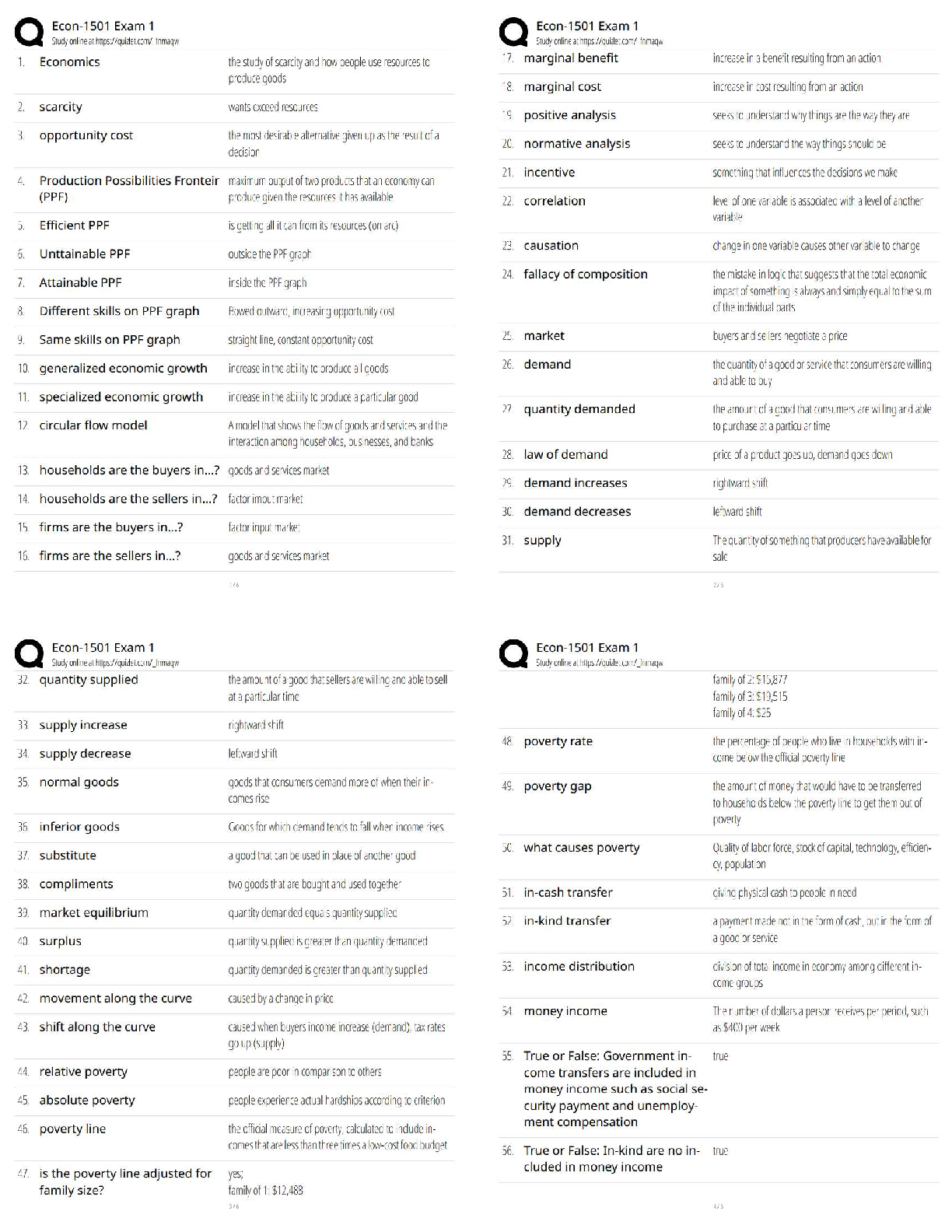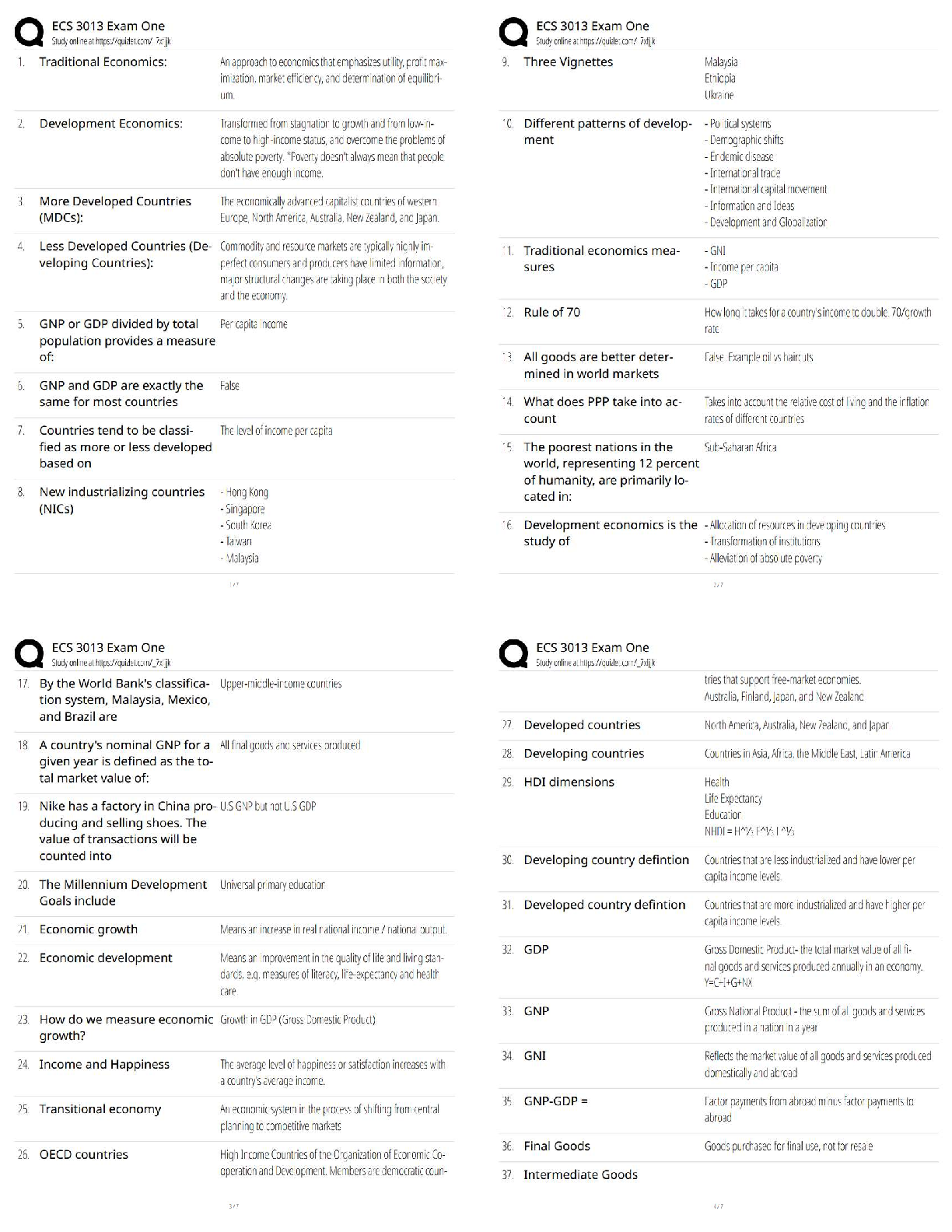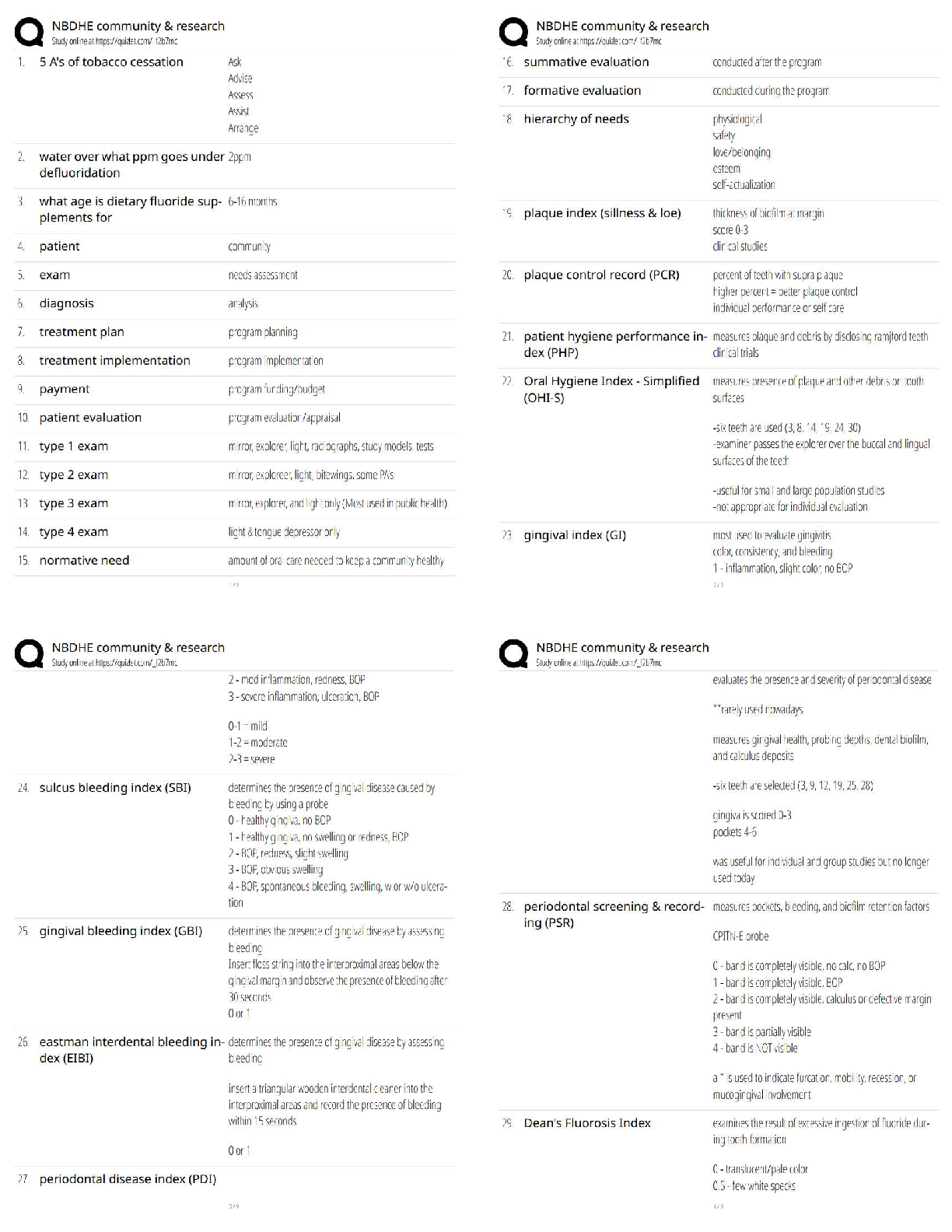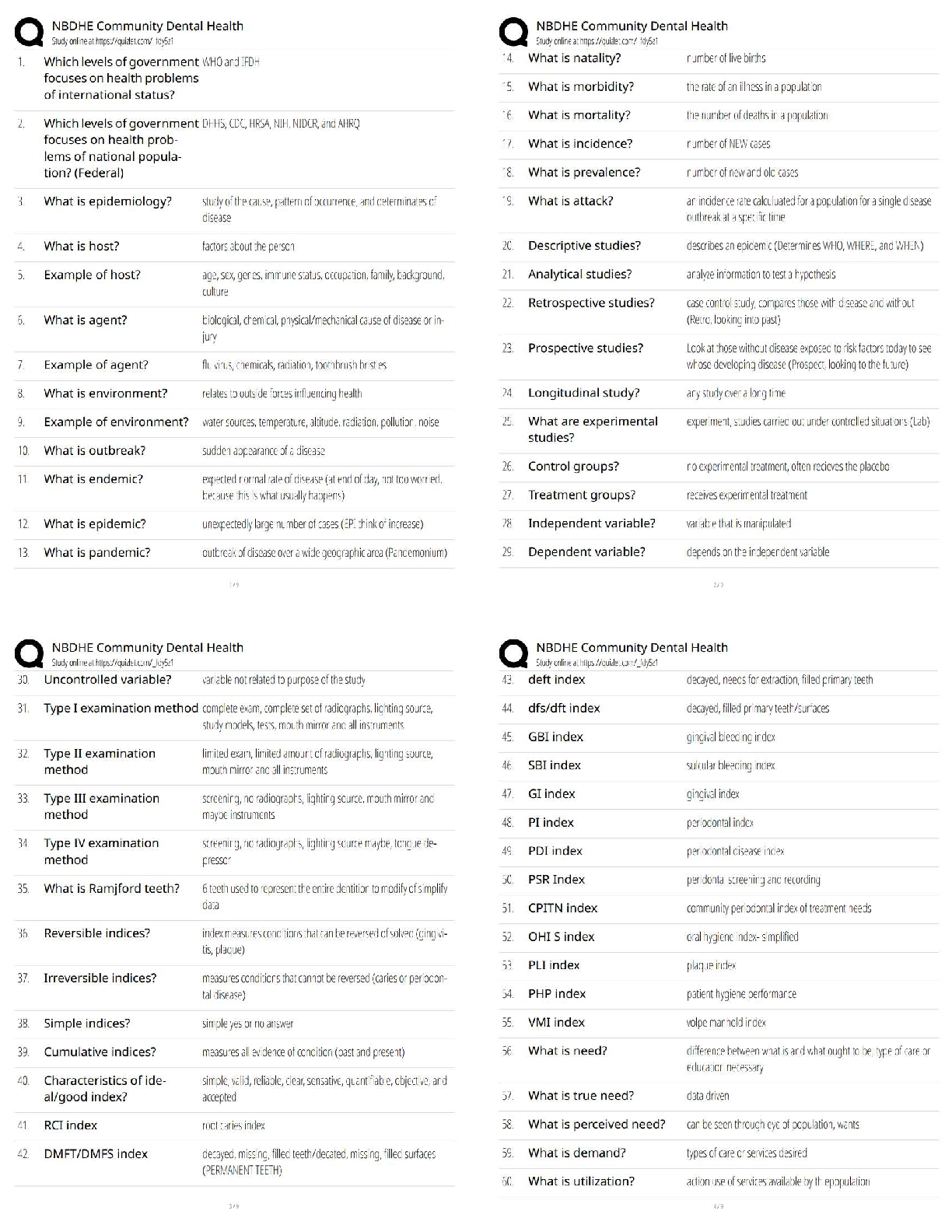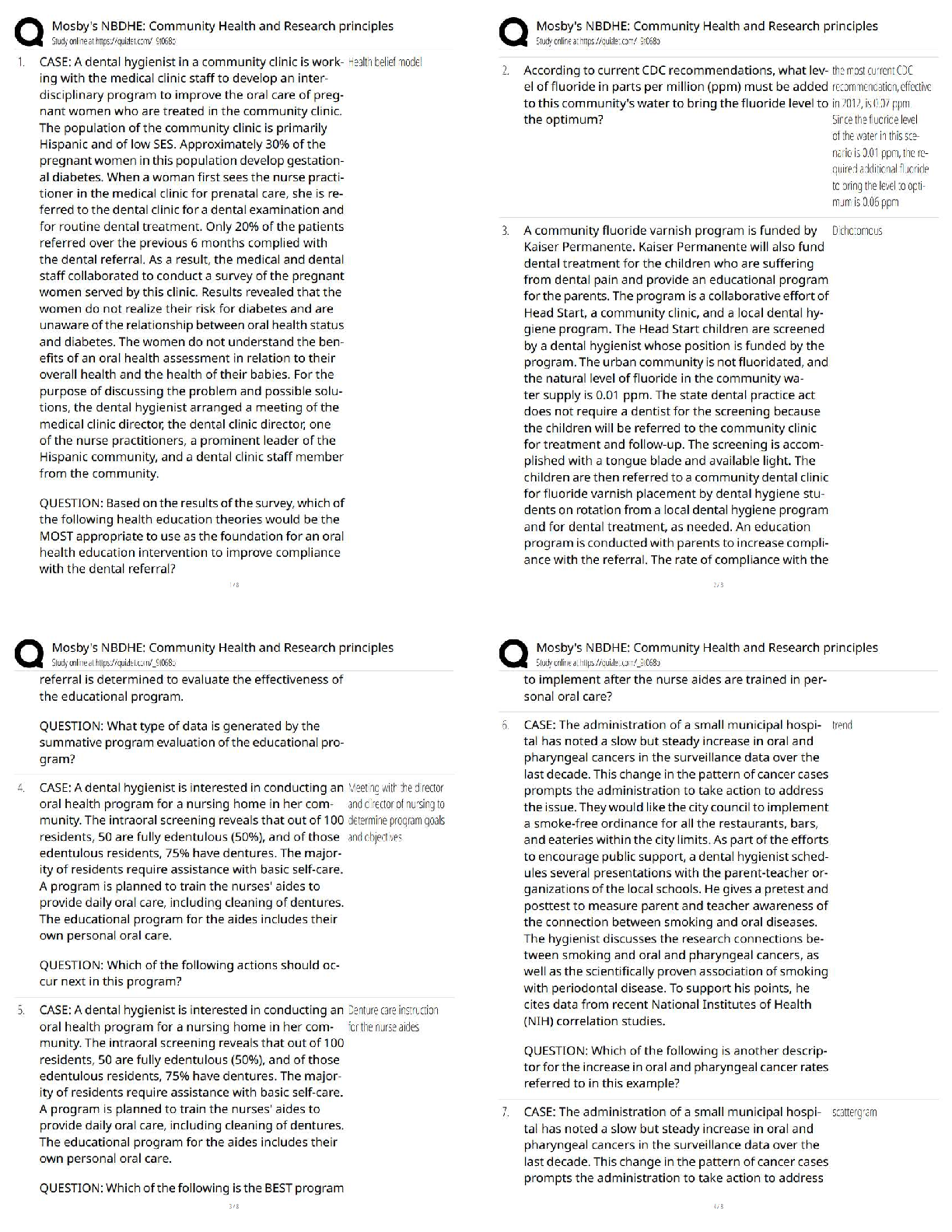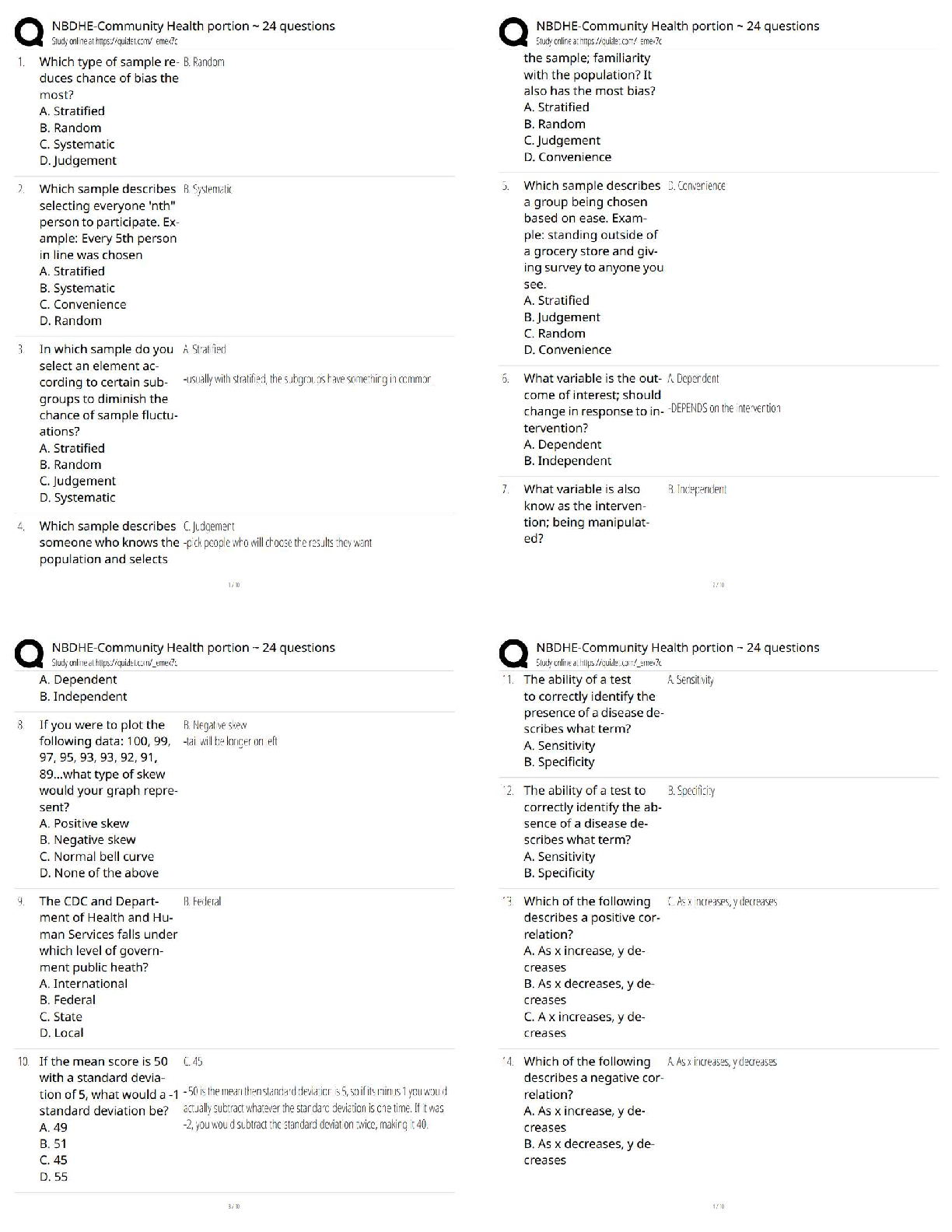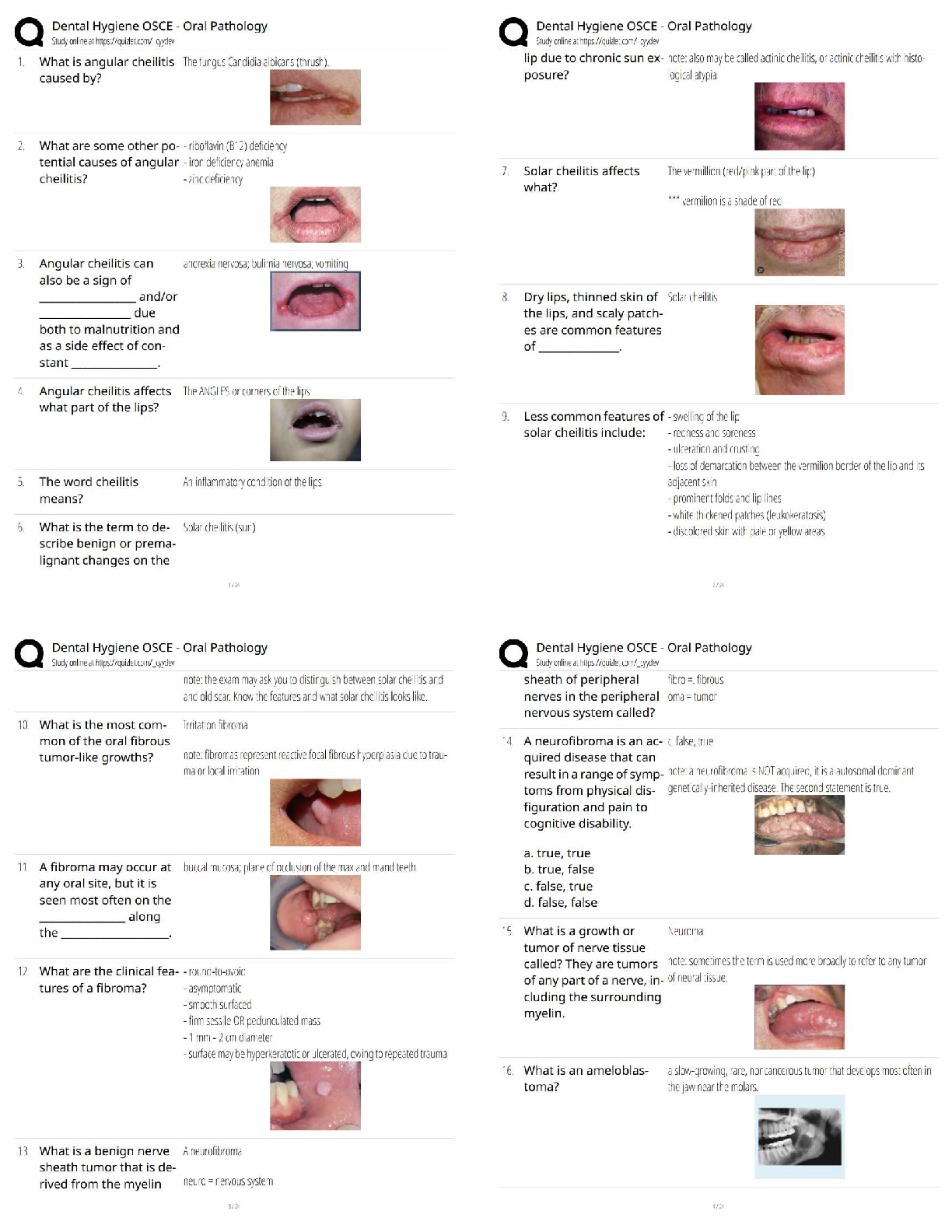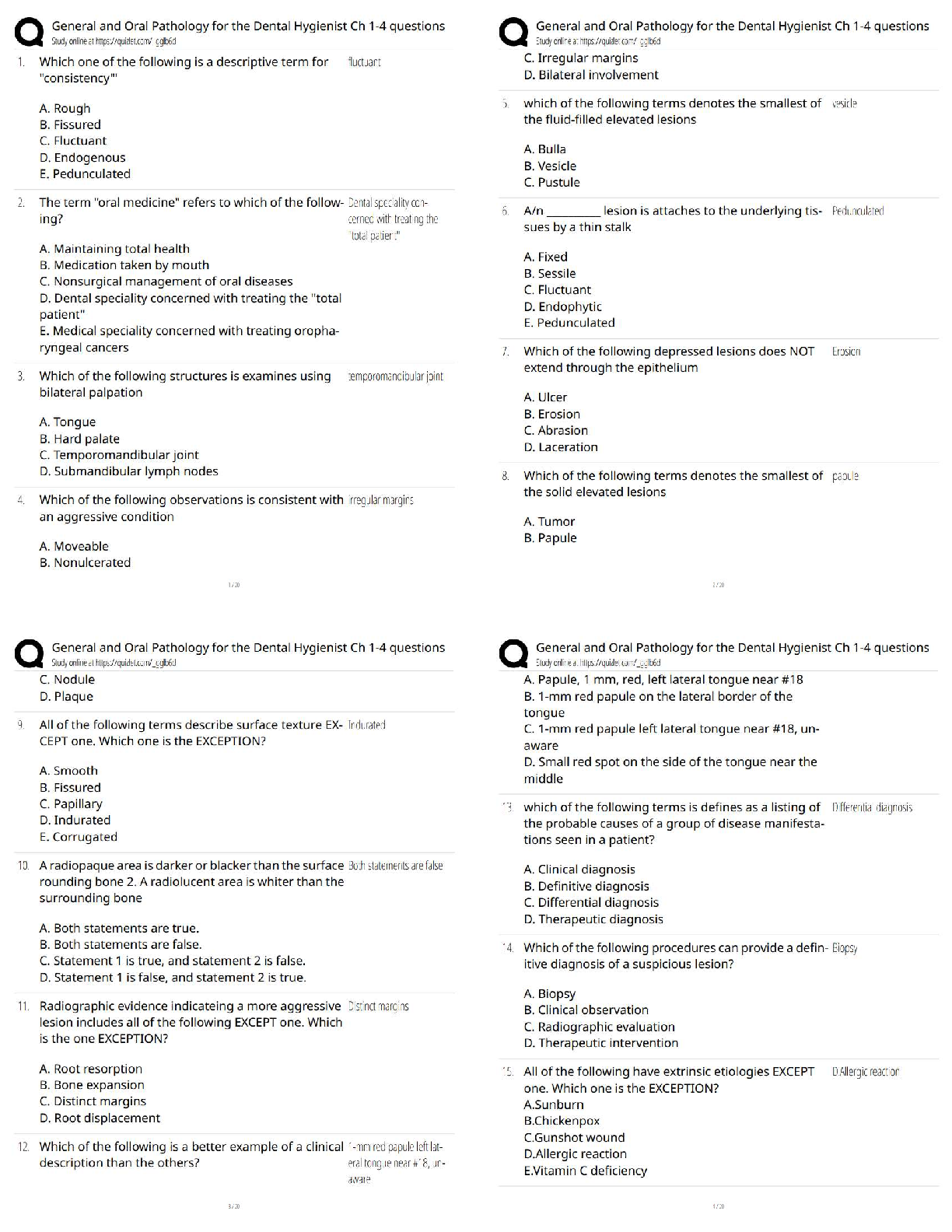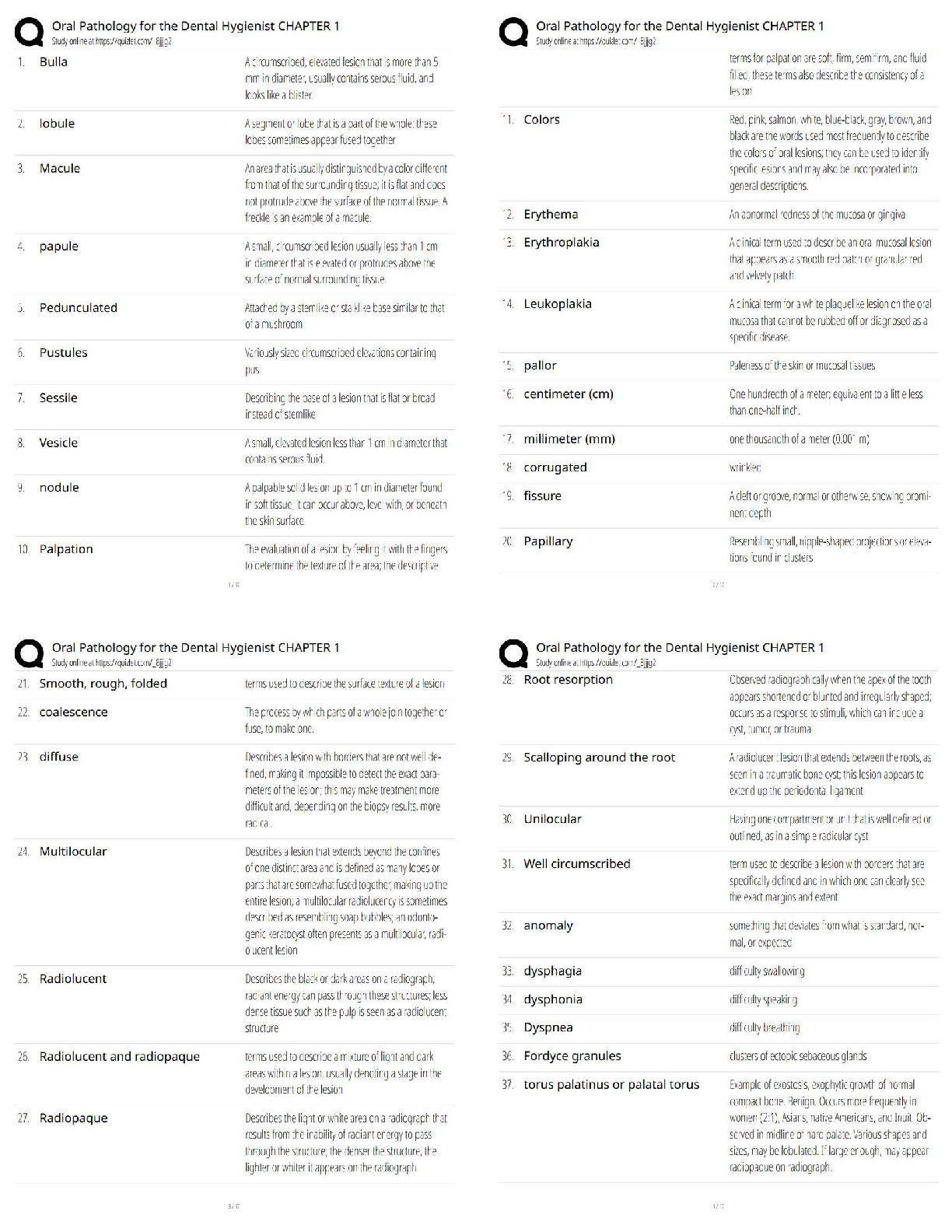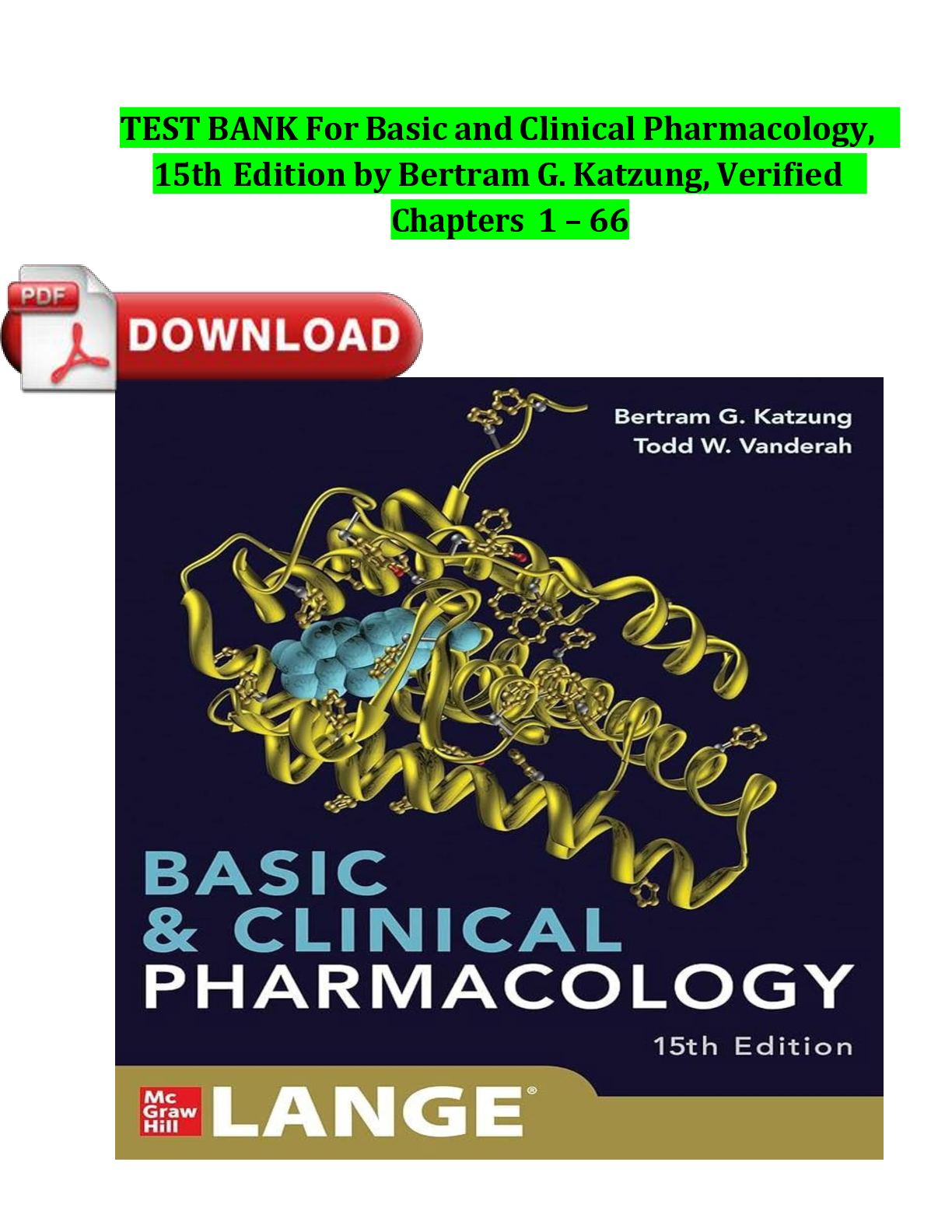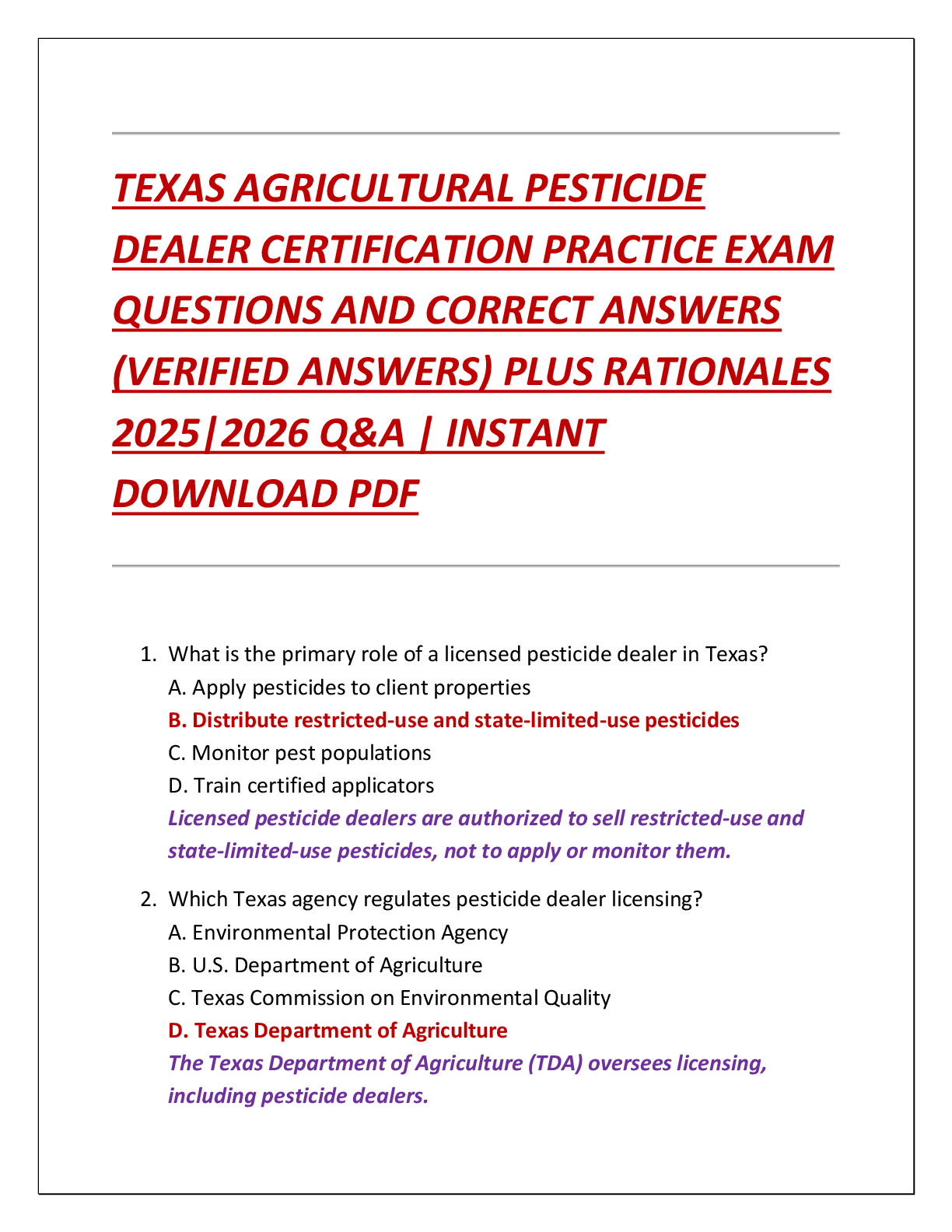Environmental Science > QUESTIONS & ANSWERS > CE 370 – Spring 2020 – Homework 4 latest complete solution (All)
CE 370 – Spring 2020 – Homework 4 latest complete solution
Document Content and Description Below
CE 370 – Spring 2020 – Homework 4 latest complete solution Due Tuesday, February 25, at the start of class 35 Points Problem 1. (5 points) Consider a carcinogen VOC (volatile organic compo ... und) with the dose response curve shown below. If 80-kg people breathe 20 m3/day of air containing 10-3 mg/m3 of this VOC through their entire 70-year lifetime, what is the cancer risk? Problem 2. (6 points) Trichloroethene (TCE) is a common groundwater contaminant. In terms of cancer risk, which would be better: (1) to drink un-chlorinated groundwater with 20 ppb TCE, or (2) drink surface water that, as a result of chlorination, contains 90 ppb chloroform. Assume a 30-year consumption period. The potency factor for TCE is 1.1×10-2 (mg/kg day)- 1 and the potency factor for chloroform is 6.1×10-3 (mg/kg day)-1. Problem 3. (4 points) Apple seeds contain cyanide (CN). Cyanide is toxic and has an LD50 of approximately 2 mg/kg. Assume an apple contains 7 grams of seeds, and the seeds contain 1 gram of cyanide per 1000 grams of seeds. How many apples (with seeds!) would a typical person (80 kg) need to consume to have a 50% chance of death? Solution Problem 4. (6 points) Out-of-state tuition at the Penn State University Park campus rose from $26,276/yr in 2010 to $31,346/yr in 2016. a. What is the exponential rate of growth over that time? b. If that growth rate were to continue, what would be the out-of-state tuition in 2040 (i.e., 24 years from 2016, when you may have a child entering college). Problem 5. (6 points) World reserves of chromium are about 800 million tons, and current usage is about 2 million tons per year. If growth in demand for chromium increases exponentially at a constant rate of 3.0 percent per year, how long would it take to use up current reserves? Suppose the total resource is five times current reserves; if the use rate continues to grow at 3.0 percent, how long would it take to use up the resources? Problem 6. (8 points) Consider the following disaggregation of carbon emissions: Carbon emissions (kg C/yr) = Population × Energy (kJ/yr)/person × Carbon (kg C)/Energy (kJ) Using the following estimates for the United States and assuming growth rates remain constant: Population (kJ/yr)/Person kg C/kJ 1990 amount 250×106 320×106 15×10-6 Growth (%/yr) 0.6 0.5 -0.3 a. Find the carbon emission rate in 2020. b. Find the total carbon emitted in those 30 years. c. Find the total Energy demand in 2020. d. Find the per capita carbon emission rate in 2020. [Show More]
Last updated: 3 years ago
Preview 1 out of 4 pages

Buy this document to get the full access instantly
Instant Download Access after purchase
Buy NowInstant download
We Accept:

Reviews( 0 )
$6.00
Can't find what you want? Try our AI powered Search
Document information
Connected school, study & course
About the document
Uploaded On
Nov 11, 2020
Number of pages
4
Written in
All
Additional information
This document has been written for:
Uploaded
Nov 11, 2020
Downloads
0
Views
74

 answers.png)











